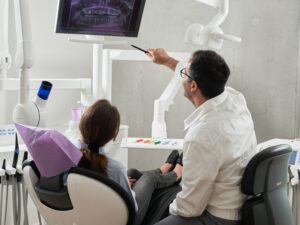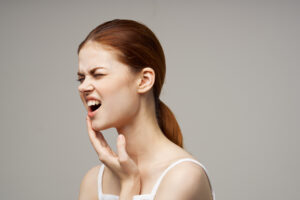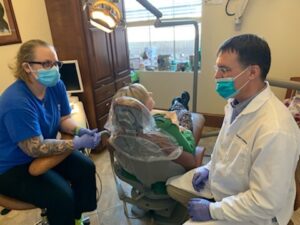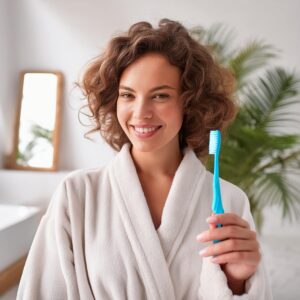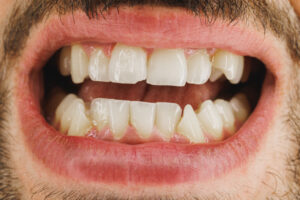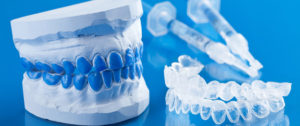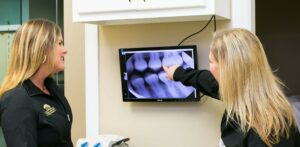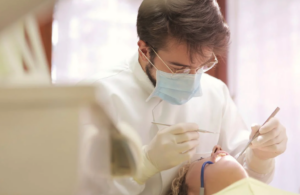Getting braces is a common treatment for straightening teeth and correcting bite issues. However, many people wonder how wisdom teeth might affect this process. Wisdom teeth, also known as third molars, typically emerge between the ages of 17 and 25. These teeth can cause various dental issues, especially if you are in the middle of orthodontic treatment or have recently completed it. In this article, we will explore how wisdom teeth can affect braces, retainers, and overall dental alignment.

Can Wisdom Teeth Ruin Braces Progress?
One of the main concerns is whether wisdom teeth can ruin the progress made by braces. The short answer is that wisdom teeth can potentially impact the alignment of your teeth, but it is not a guarantee. If your wisdom teeth are coming in straight and there is enough space in your mouth, they may not affect your braces progress. However, if they are impacted (stuck below the gum line) or grow in at an angle, they can push against other teeth and cause misalignment.
According to Absolute Dental, if the wisdom teeth are impacted or there is not enough space in the mouth, it is often recommended to remove them before getting braces. This precaution helps ensure that the progress made with braces is not undone by the pressure exerted by erupting wisdom teeth.
Can I Get Braces if I Have Wisdom Teeth?
Yes, you can get braces even if you have wisdom teeth. Orthodontists are trained to handle various dental situations, including the presence of wisdom teeth. However, your orthodontist will evaluate the position and health of your wisdom teeth during the planning phase. In some cases, they may recommend removing the wisdom teeth before or during the braces treatment to prevent any potential issues.
According to Chawla Orthodontics, wisdom teeth removal can be done either before you get braces or during your treatment. If your wisdom teeth are not causing any problems and there is enough room in your mouth, you might not need to have them removed at all. Your orthodontist will provide the best advice based on your individual case.
Can Wisdom Teeth Move Other Teeth After Braces?

Wisdom teeth can potentially move other teeth after braces, especially if they are impacted or there is not enough space in your mouth. When wisdom teeth try to emerge, they can exert pressure on the surrounding teeth, causing them to shift. This movement can affect the alignment achieved by your braces.
However, New Park Orthodontics suggests that while wisdom teeth can cause some shifting, they are not always the main culprit for teeth movement. Other factors like not wearing retainers as instructed or natural changes in your bite can also cause teeth to move after braces. It is important to follow your orthodontist’s recommendations and attend regular check-ups to monitor any changes.
Will Wisdom Teeth Affect the Retainer?
Wearing a retainer is crucial after braces to maintain the new position of your teeth. Wisdom teeth can affect the fit and effectiveness of your retainer if they begin to emerge after your braces are removed. If the wisdom teeth push other teeth out of alignment, your retainer might not fit properly anymore.
Orthodontic Experts note that if you experience discomfort or notice that your retainer no longer fits correctly, you should schedule an appointment with your orthodontist. They can adjust your retainer or create a new one to accommodate any changes in your dental structure.
Will My Teeth Straighten After Wisdom Teeth Removal?

Removing wisdom teeth can help prevent further misalignment, but it does not guarantee that your teeth will straighten on their own. If your teeth have shifted due to wisdom teeth pressure, additional orthodontic treatment might be necessary to correct the alignment.
After wisdom teeth removal, your orthodontist might suggest using braces or clear aligners to realign your teeth. Regular follow-ups with your orthodontist will help determine the best course of action to achieve and maintain straight teeth.
Should I Get Braces Again After Wisdom Teeth Removal?
In some cases, people might need to get braces again after wisdom teeth removal, especially if significant shifting has occurred. Your orthodontist will evaluate the extent of the misalignment and recommend the appropriate treatment.
If the shifting is minor, you might only need a retainer or a short course of clear aligners to correct the alignment. However, if the teeth have moved significantly, getting braces again might be the best option to ensure proper alignment and bite.
Conclusion
Wisdom teeth can have a significant impact on your orthodontic treatment, both during and after the braces process. It is essential to work closely with your orthodontist to monitor the development of your wisdom teeth and take necessary precautions to prevent any issues. Whether you need to remove your wisdom teeth before, during, or after braces, your orthodontist will guide you through the process to ensure the best outcome for your dental health.
Regular dental check-ups and following your orthodontist’s advice are crucial for maintaining the results achieved with braces. By staying proactive and addressing any wisdom teeth-related issues promptly, you can enjoy a healthy and beautiful smile for years to come.
